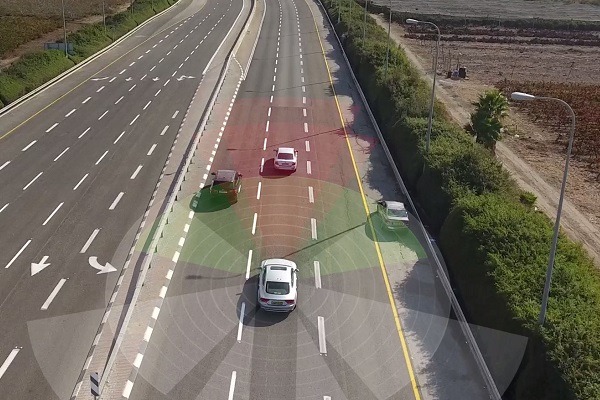For many, it all started some decades ago with the humble rain-sensing wiper. It evolved to such critical life-saving features as lane departure warning, adaptive cruise control and pedestrian collision avoidance. In recent years we’ve seen the proliferation of technology around speed sign recognition and automatic parking.
Annually the number of ADAS calibrations carried out at depots like Mr Windscreen has been growing steadily since 2015 to the point where it is now uncommon not be calibrating a car after the windscreen replacement. This trend is set to continue.
The question begs itself, where will Advanced Driver Assistance Systems (ADAS) take us next?
Truth is, the future of ADAS will be more about a holistic journey rather than the individual safety aids like we’ve seen to date. The destination is autonomous driving, and the road ahead is a singularly exciting one, paved with heaps of investment from players as diverse as Uber and Google. Mobileye, the world leader in this arena, which is represented in Ireland by ADAS.ie, has already fitted ADAS in over 30,000,000 vehicles.
The case for automated or autonomous driving is a strong one. In the US, 90%+ of road accidents are attributable to driver error – that’s in a country where there were no fewer than 36,000 deaths on the road alone in 2018. There are also potential economic benefits through fewer collisions and better traffic circulation.
To get our heads around this journey, it is useful to consider Intel’s levels of autonomy as a framework. It posits a roadmap to totally autonomous driving comprised of 6 legs.
Level 0 is labelled Zero Autonomy. Here the driver performs all the driving, but the vehicle can aid with blind spot detection, forward collision warnings and lane departure warnings.
Driver Assistance is Level 1. The vehicle has some active driving assist features, but the driver is still in charge. Such assist features available in today’s vehicles include adaptive cruise control, automatic emergency braking and lane keeping.
Level 2: Partial Automation — The driver still must be alert and monitor the environment at all times, but features controlling acceleration, braking and steering work together so the driver does not need to provide any input in certain situations. Such automated functions available today include self-parking and traffic jam assist.
Next is Conditional Automation — The vehicle can itself perform all aspects of the driving task under some circumstances, but the human driver must always be ready to take control at all times within a specified notice period.
Level 4 is High Automation. Here the vehicle is self-driving but still has a driver’s seat and all the regular controls. Circumstances such as geographic area, road conditions or local laws might require the driver to take over.
Level 5 is our final destination: Full Automation, where the vehicle can perform all driving functions under all environmental conditions and can operate without humans inside. The human occupants are passengers and need never be involved in driving. Steering wheel optional!
It is interesting to note that while many of the levels have not yet been realised, some of the driver assist features at their centre are already available, albeit in a non-integrated form. What’s clear is that there are lots of steps before technology is let run loose and we bin the steering wheel entirely. Precaution is written all over the roadmap. Which brings us to our next question – when is this all going to happen?
Now this is real crystal-ball stuff. Some predict that within 6 years as many as 20 million cars will be self-driving. “Wildly ambitious” say others (with justification). Looking back at technologies such as the electric car, it is commonplace for business people to say “within 10 years” as shorthand for “we can’t really say” and this probably where we’re at today. That said, while level 5 may be some way off, the progress being made towards it is ongoing and is enhancing road safety on a daily basis.

